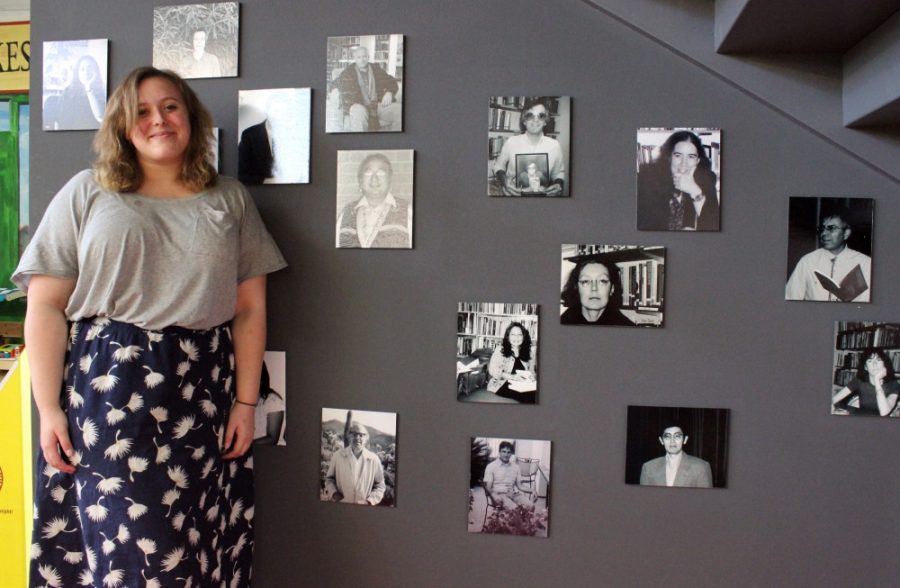Thriving with creativity, the University of Arizona Poetry Center is an inspiring and well-renowned place for poetry and creative writing.
The Poetry Center, founded in 1960, is fully open to the public and has remained an essential aspect of the poetry community within Tucson throughout the years.
The Poetry Center just launched a photographic collection of portraits of poets from the late collection of LaVerne Harrell Clark.
“LaVerne Harrell Clark, the Poetry Center’s first director, was a photographer and when she died, approximately 12,000 film negatives and photographic prints of portraits of poets were donated to the Poetry Center,” said Sarah Gzemski, the publicity and publications manager for the Poetry Center.
RELATED: An evening with Claudia Rankine; acclaimed poet comes to UA
Beginning with an average of 12,000 film negatives and photographic prints, the photographs were donated to the UA Poetry Center by L.D. Clark for the estate of Ms. Clark.
The photographs date from 1960 to 2007 and are some of the only existing photos of many of the poets.
“Many of these photographs were taken here at the UA, the Poetry Center and in Tucson which is part of what makes them so special,” Gzemski said. “It is a great way to see writers from this area, and this collection benefits the UA because people will credit the UA for these photographs.”
More than 1,000 of these previously unpublished photographs are now featured online for people to view and use.
The Poetry Center itself possesses one of the greatest print and digital collections of contemporary poetry in the country, making it a leading example of poetry archives in the country.
“The photographs are now free for use in articles and research,” Gezemski said. “As long as people credit the UA Poetry Center in their work, these photos are free for anyone.”
Some of the photographed poets include Ai, John Ashbery, Margaret Atwood, Ted Berrigan and many more.
Gzemski said that the photographs feature both well-known poets and more under-the-radar poets. The diversity of the collection serves as one of its unique characteristics.
A big part of what makes Clark’s photographs so special is the animation captured in the subject’s faces.
RELATED: Tucson ‘A truly amazing place for poetry
“This collection includes very amazing people,” Johnson said. “The photographs of these poets are all very human and very alive.”
Clark’s collection was launched online in August for anyone to view.
“The photographs are here [at the UA Poetry Center] forever,” Gzemski said. “We store the negatives in the rare books room but many of the photographs are also online, which contributes to the poetry community world wide.”
This collection remains essential to the poetry and creative writing community throughout the world.
“Poetry is both beautiful and personal,” said Lo Kidd, a creative writing sophomore.
Kidd said that this collection adds to the the varied beauty that poetry can hold.
“This photography collection is magnificent in its scope,” Gezemski said. “LaVerne Harrell Clark had such a way of capturing people in photos that really sees into their personality. Her photographs really display the character of these poets, and that is fascinating.”
Follow Sarah Briggs on Twitter









